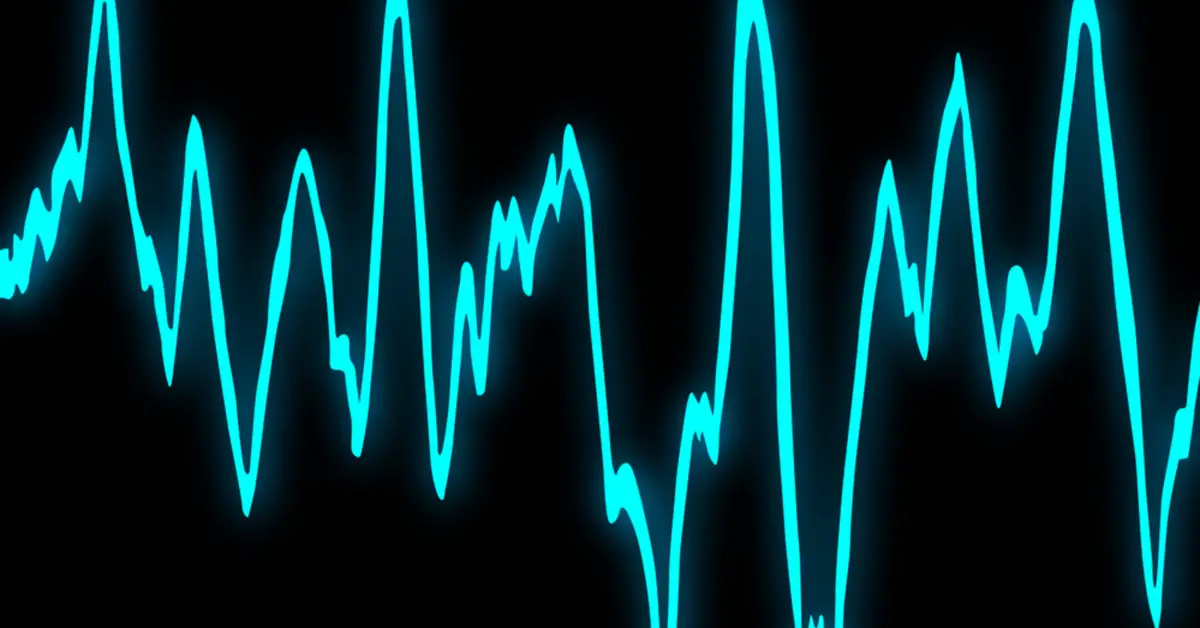
If you have been researching potential inverters for your off-grid setup, then you have probably come across the term ‘sine wave’.
In particular, you may have read of ‘modified sine wave inverters and ‘pure sine wave inverters. I had no idea what this meant, but I kept coming across it, so I did some research to learn more about sine waves.
I learned that Sine Waves are a description of electrical current and how it is flowing, and this has an impact on the type of appliances an inverter will be able to power.
What is AC and DC Power?
Before we get into too much detail about sine waves we need to first understand the difference between AC and DC power. DC, stands for direct current, and AC stands for alternating current.
All of the appliances we use in our home require alternating current to work, whereas anything that is battery-powered is reliant on a direct current to work.
I won’t go too much further into the difference between AC and DC, as it gets pretty scientific and complicated.
All you need to know is that some things run on DC power (batteries, camping appliances, etc), and most things in our house run on AC power.
When we want to use our vehicle, or camping batteries to run our 240 AC appliances we need to convert direct stored current (DC) to AC power, and we do that using an inverter.
There are two different types of inverter, ‘modified sine wave’ and ‘pure sine wave’.
This video explanation might help you grasp the difference.
Modified Sine Wave vs. Pure Sine Wave
A modified sine wave inverter is a cheaper, simpler more basic type of inverter, that converts DC power to AC power, but in a less sophisticated way that creates a modified sine wave.
Again, we won’t go into the scientific depths, but I will list some references at the bottom of this article if you want to dig deeper.
All you need to know is that modified sine wave inverters do convert DC power to AC power, so you can run your 240v appliances from 12v power sources, but in a simple way, that will not be suitable for many 240v appliances.
With a modified sine wave converter, you would be limited in the type of device it could potentially power.
A pure sine wave inverter is a more sophisticated type of inverter, that also converts DC power to AC power, but does it in a more sophisticated way, that is more suitable to a broader range of appliances.
If your inverter is big enough (in terms of wattage) you could confidently plug in any 240v appliance and have no concerns or how it would perform.
As a result, pure sine wave inverters are more expensive than modified sine wave inverters.
In summary, a sine wave is a characteristic of electrical current and describes the way the current is flowing through the wires.
A modified sine wave is a simpler, less effective way for the current to flow, and though it can be used to power some 240v devices, appliances that have varying power needs may not be well served by a modified sine wave converted.
A pure sine wave inverter uses more complex circuitry to send the current in a more sophisticated way that will be effective for all your appliances but tends to cost more money as a result.
Summary
Most decent inverters will be ‘pure sine wave’ anyway, but if you are looking at a cheap one just make note of whether it is modified or pure sine wave.
A modified sine wave inverter might be acceptable in some limited circumstances, but you would want to do your homework beforehand to make sure the inverter you buy will meet your needs.
References
https://www.wholesalesolar.com/solar-information/what-is-sine-wave
https://www.electricaltechnology.org/2020/05/difference-between-ac-dc-current-voltage.html
http://www.humlesssentinel.com/what-does-pure-sine-inverter-mean/
